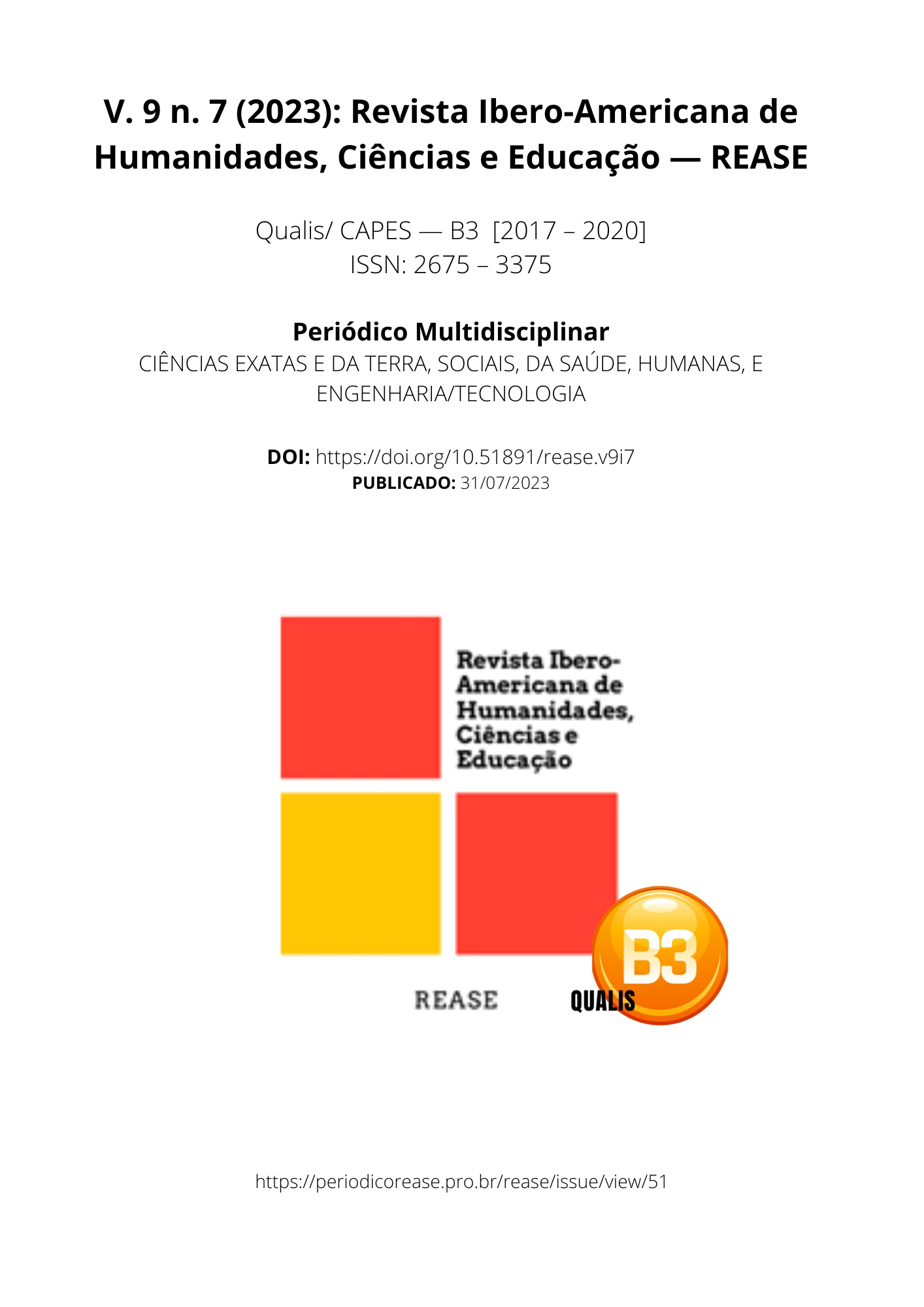IMPACTO DA TERAPIA COM CÉLULAS-TRONCO NA REGENERAÇÃO DO TECIDO CARDÍACO PÓS-INFARTO
DOI:
https://doi.org/10.51891/rease.v9i7.10784Palabras clave:
Terapia com Células-Tronco. Regeneração Cardíaca. Infarto do Miocárdio.Resumen
O presente estudo investigou o impacto da terapia com células-tronco na regeneração do tecido cardíaco pós-infarto, com o objetivo de compreender os mecanismos subjacentes e as implicações clínicas dessa abordagem terapêutica inovadora. Utilizando um modelo animal de infarto do miocárdio, foram realizadas análises abrangentes para avaliar a melhoria da função cardíaca, a redução do tamanho da cicatriz, o estímulo à angiogênese e a modulação da inflamação após a administração de células-tronco.Os resultados obtidos revelaram uma melhoria significativa na função cardíaca nos animais tratados com células-tronco, evidenciada por parâmetros hemodinâmicos aprimorados, incluindo fração de ejeção e volume sistólico. Além disso, observou-se uma redução marcante no tamanho da cicatriz no tecido cardíaco, indicando a capacidade das células-tronco em promover a substituição do tecido cicatricial por tecido funcional. A análise histológica revelou um estímulo notável à angiogênese nas regiões tratadas, com aumento na densidade vascular e na expressão de fatores angiogênicos.A terapia com células-tronco também demonstrou um efeito significativo na modulação da inflamação, com redução da expressão de citocinas pró-inflamatórias e uma mudança na polarização dos macrófagos em direção a um perfil anti-inflamatório. Além disso, a integração das células-tronco no tecido cardíaco foi observada, com diferenciação bem-sucedida em cardiomiócitos funcionais e formação de junções comunicantes com os cardiomiócitos adjacentes.Esses resultados fornecem insights valiosos sobre os mecanismos pelos quais as células-tronco promovem a regeneração do tecido cardíaco pós-infarto, destacando sua capacidade de melhorar a função cardíaca, reduzir a cicatrização e estimular a angiogênese. As implicações clínicas desses achados são promissoras, oferecendo novas perspectivas no tratamento de pacientes com lesões cardíacas após um infarto agudo do miocárdio. A pesquisa futura nesse campo pode direcionar estratégias terapêuticas ainda mais eficazes, visando otimizar os resultados clínicos e melhorar a qualidade de vida dos pacientes afetados por essa condição debilitante.
Descargas
Descargas
Publicado
Cómo citar
Número
Sección
Categorías
Licencia
Atribuição CC BY

